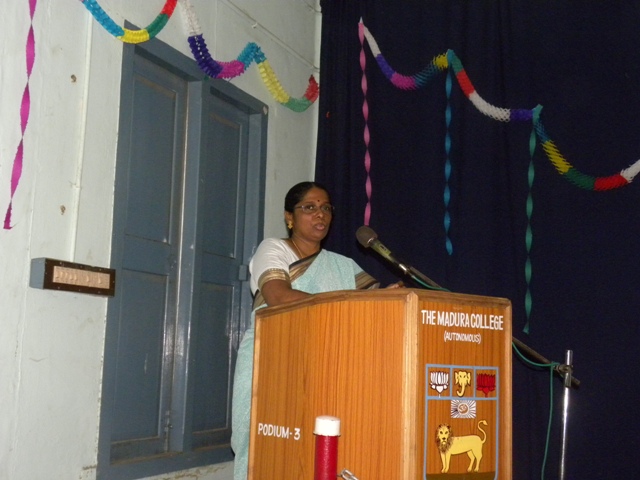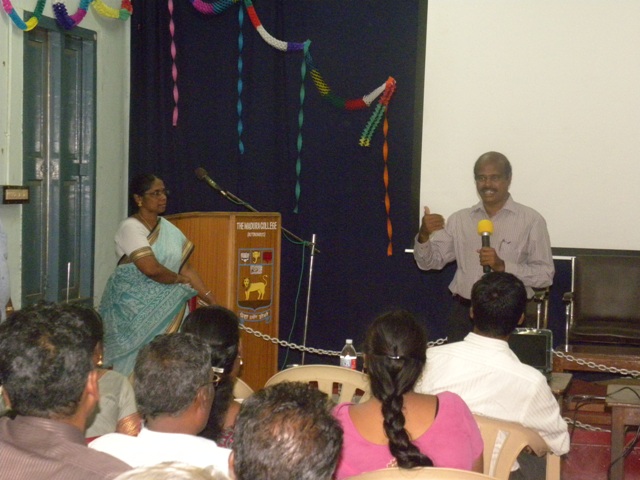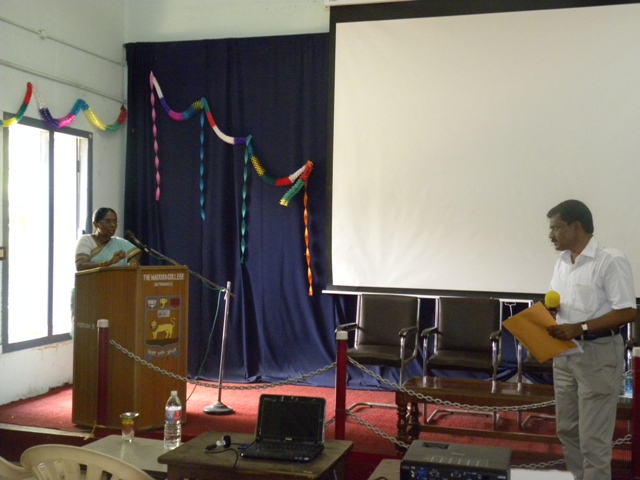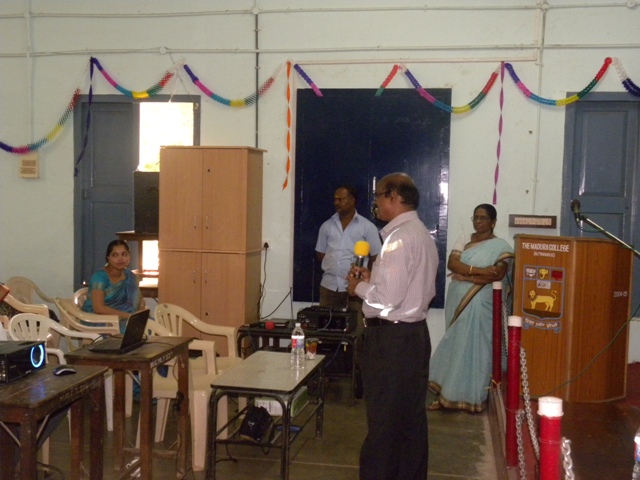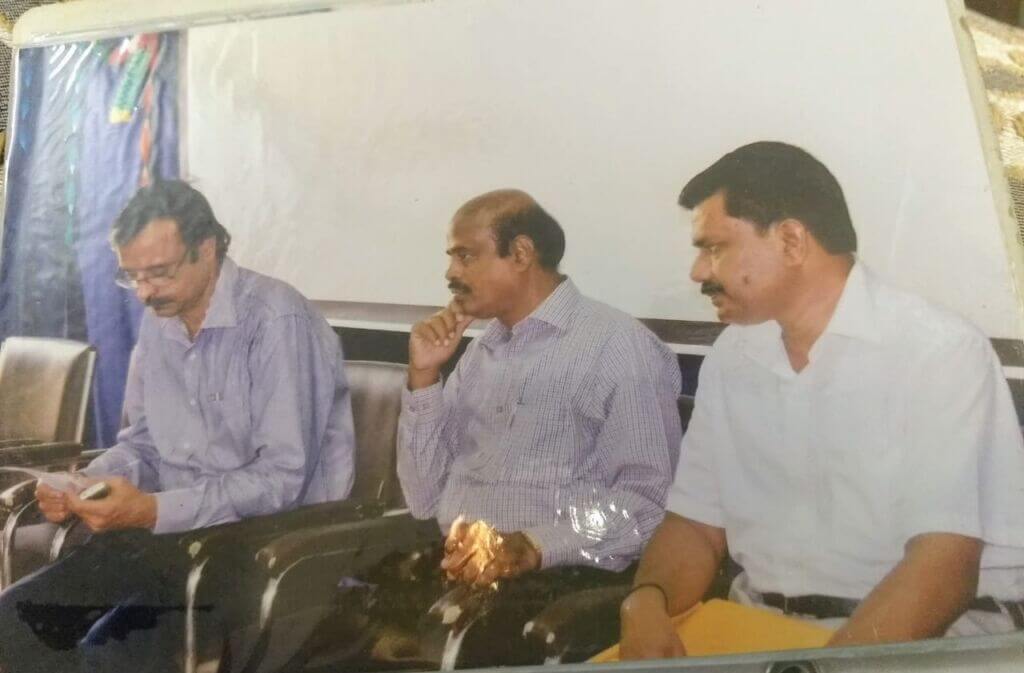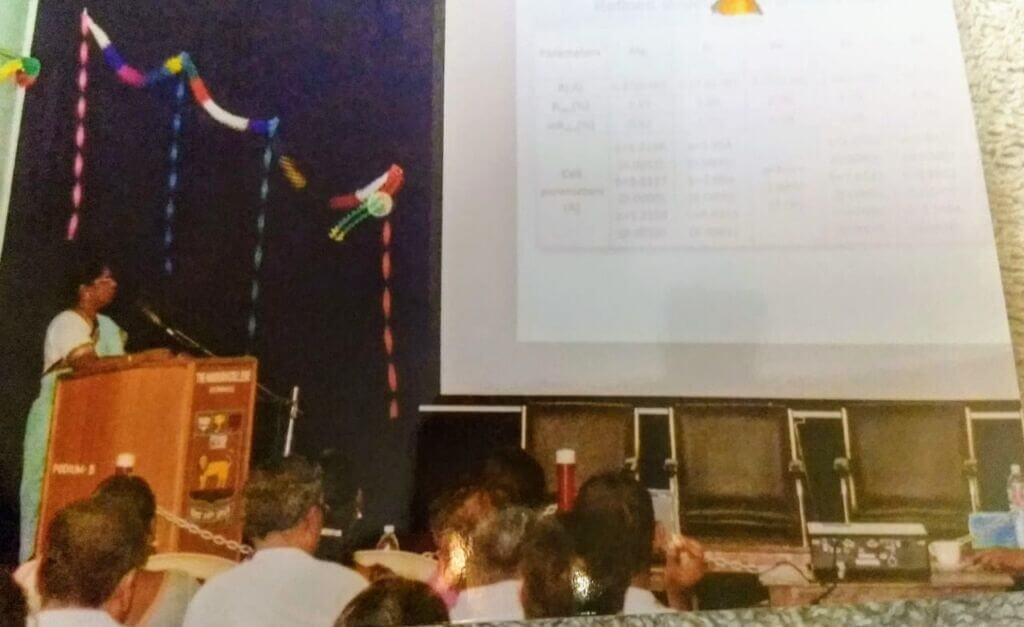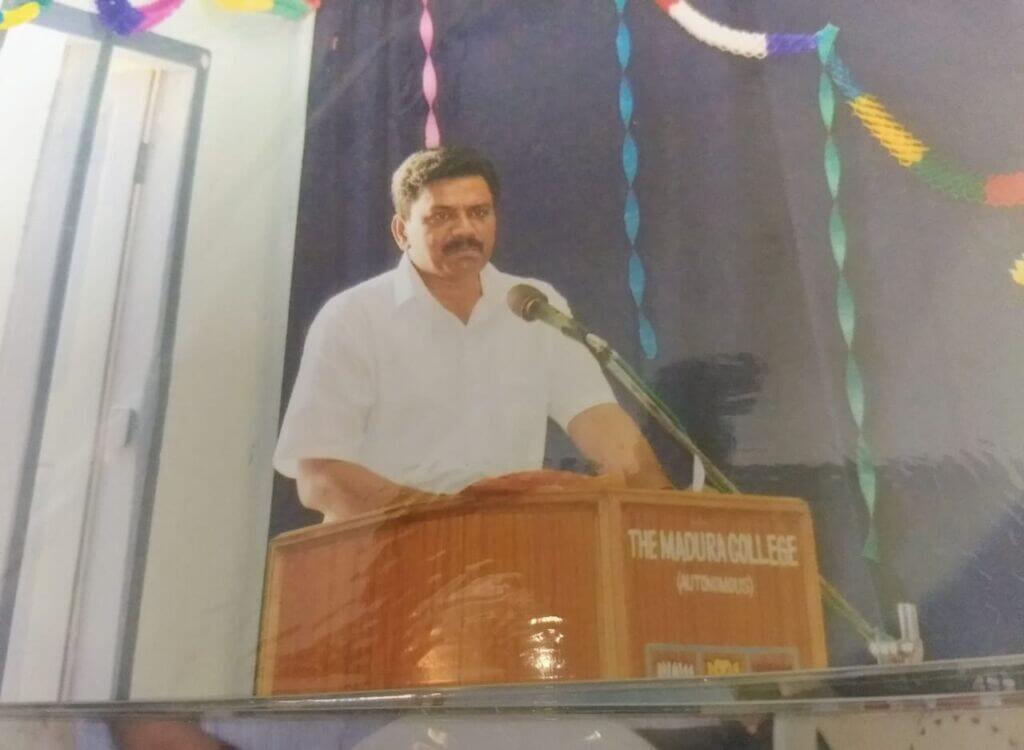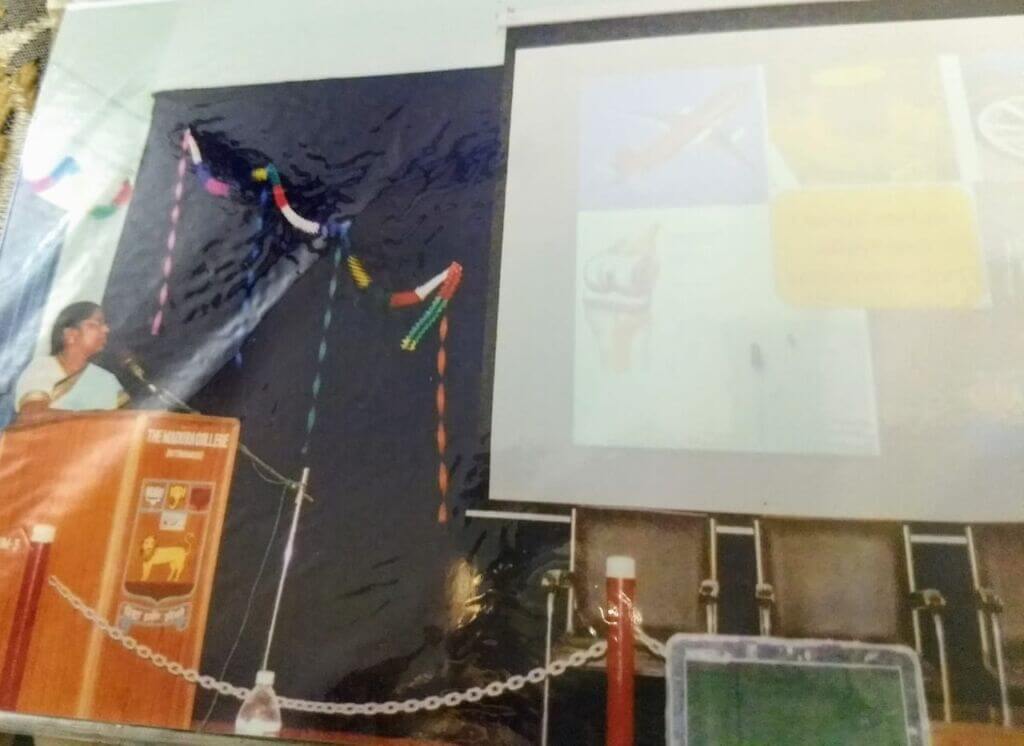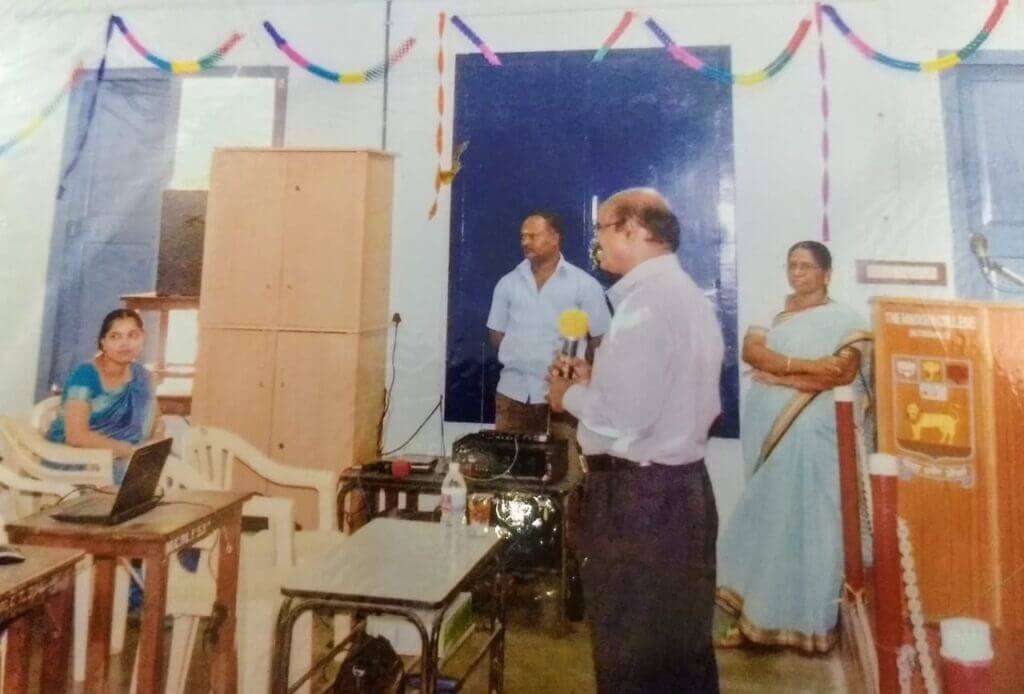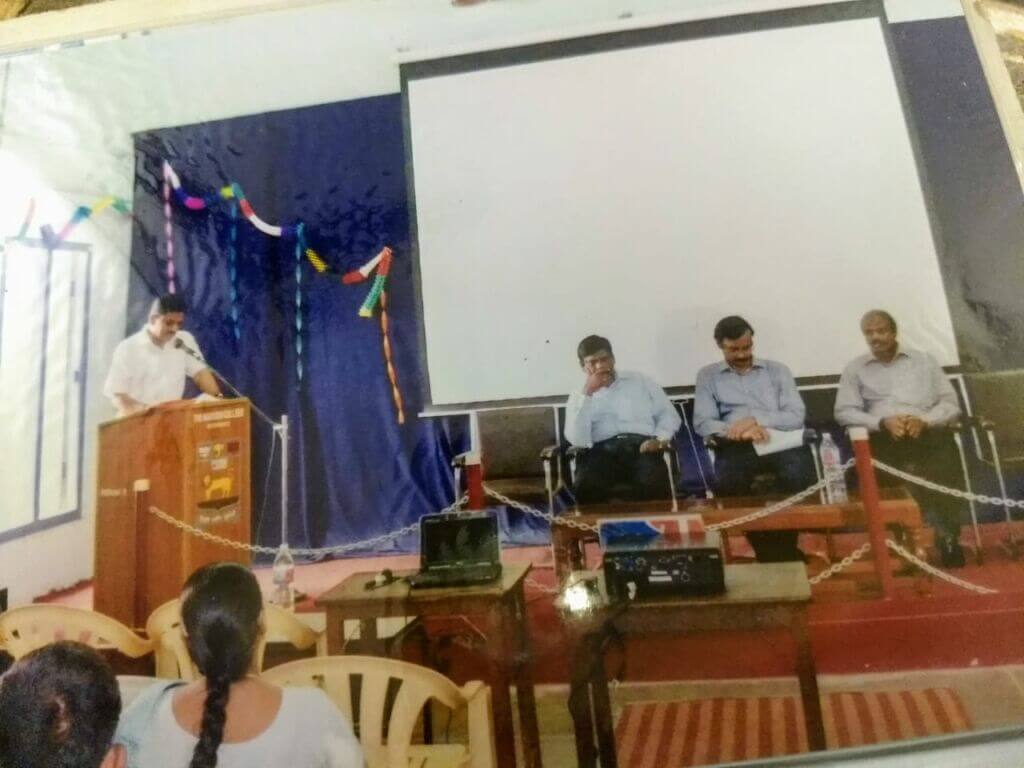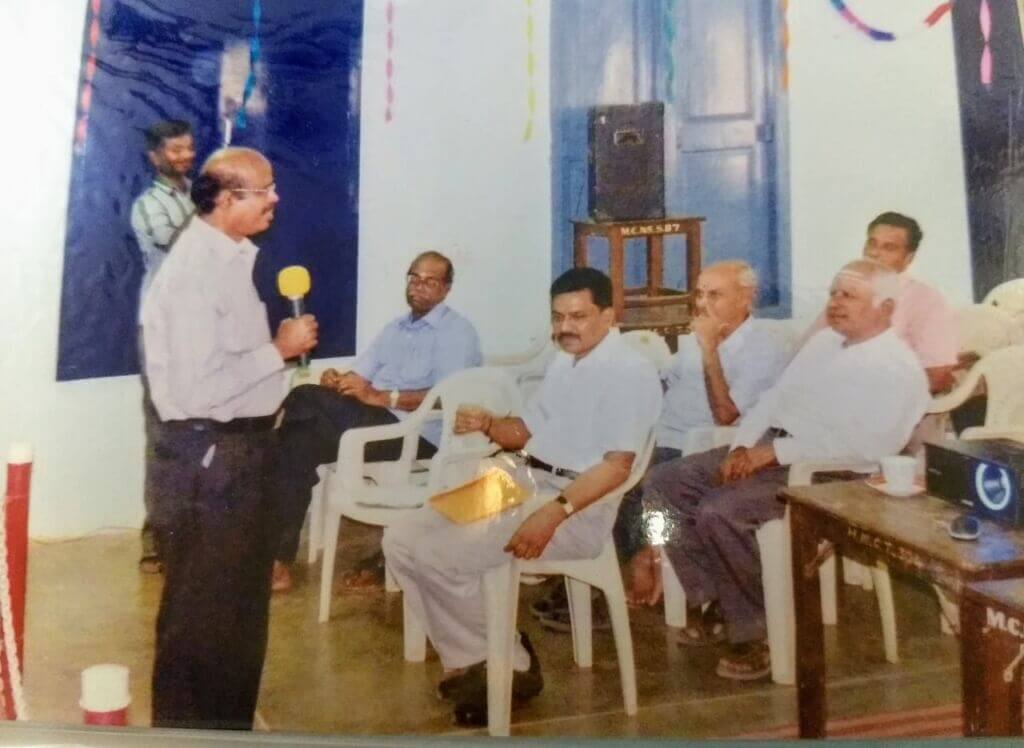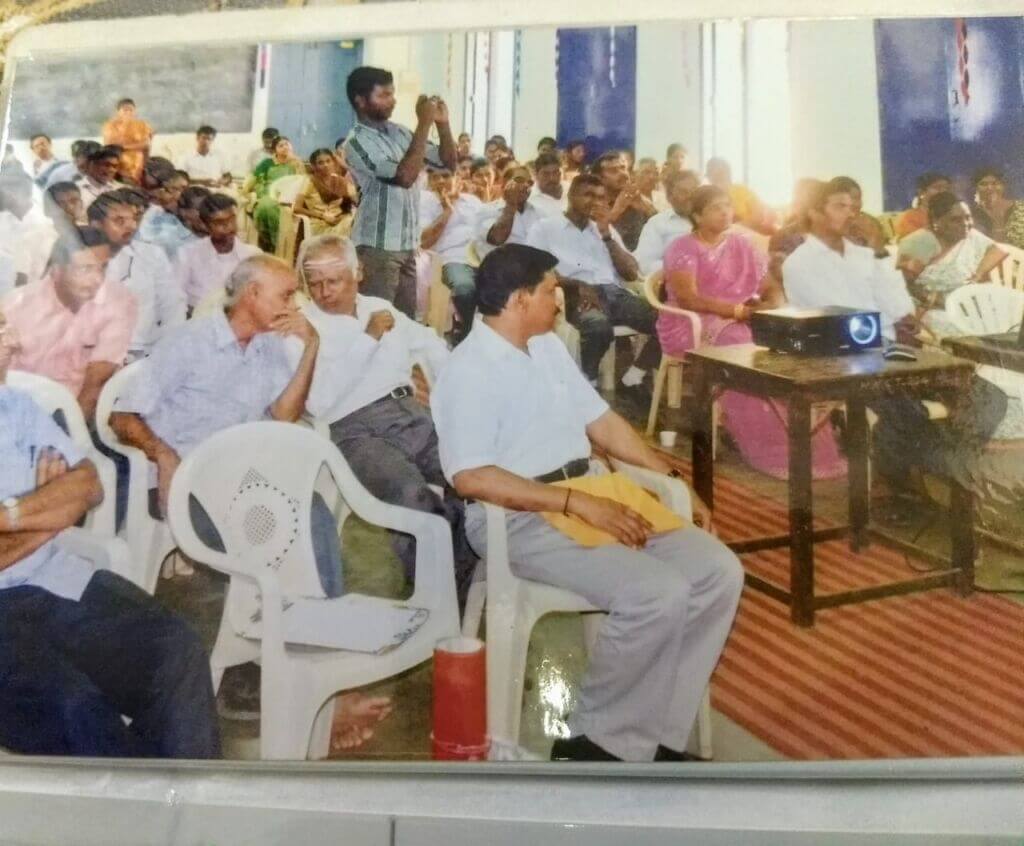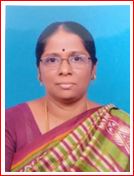
Dr. M. Prema Rani, Associate Professor,
Research Centre and P.G. Department of Physics
The Madura College, Madurai-625011
Mobile: 9942480899,
Email: premaakumar91@gmail.com
Ph.D. Title:
Analysis of average and local structure and characterization of important metals and semiconductor materials using single crystal and powder x-ray diffraction
Date of Regis: 05.04.2005 Reg. No. 3416 Viva-Voce date: 05.03.2012
Introduction about Ph.D. work:
In this work, apart from pure metals, the local and average structures of doped metals and alloys have been carried out with various doping concentrations. The average structure has been studied using both single crystal and powder X-ray diffraction data in some cases. The bonding and electron density distribution of the host as well as dopant atoms has been studied using tools like MEM (Maximum Entropy Method) and multipole analysis. For powder analysis, Rietveld refinement technique (for average structure) and Pair Distribution Function (for local structure) have been used. Effects on the electron density distribution of ball of alloy have been analyzed in this work.
Metals analyzed were Sodium(Na) , Vanadium (V), Magnesium (Mg), Aluminium (Al),Titanium (Ti),Iron (Fe), Nickel (Ni), Copper (Cu), Zinc (Zn), Tin (Sn),Tellurium (Te) and alloys viz., cobalt aluminium (CoAl), nickel aluminium (NiAl), Iron nickel (FeNi), nickel chromium (Ni80Cr20), Sodium chloride with iron impurities (Na1-xAgxCl), Aluminium, with iron impurities (0.215 wt % Fe and 0.304 wt % Fe), semiconductor gallium arsenide (n-GaAs).
The local and average structural properties of some technologically important materials, are analyzed which are not studied in these lines. New understandings of the existing materials have been gained in terms of the local structure and average structure of the materials. These properties can be properly utilized for the proper engineering of these technologically important materials.
Materials
Na
V
Mg
Al
Ti
Fe
Ni
Cu
Zn
Sn
Te
CoAl
NiAl
FeNi
Ni80Cr20)
Na1-xAgxCl
Aluminium with iron impurities (0.215 wt % Fe and 0.304 wt % Fe),
n-GaAs
List of publications:
-
- Maximum entropy method and multipole analysis of the bonding in Sodium and Vanadium metals. R. Saravanan and M. Prema Rani, Journal of Physics: Condensed matter, Vol. 19 (2007) Impact Factor : 2.711
- Bonding in CoAl and NiAl metal alloys using multipole and MEM techniques. R. Saravanan and M.Prema Rani, Journal of Alloys and Compounds, vol. 431 (2007) 121-129 (Elsevier) Impact Factor : 2.24
- Effect of Iron doping on the electron density distribution in pure Aluminium, R. Saravanan and M. Prema Rani, The Open Crystallography Journal, Vol. I (2008), 64-68 (Bentham Open, USA)
- X-Ray Characterization of Ag Impurities in Na1-xAgxC, Nizarul Hazeen, K.S. Syed Ali, M. Prema Rani and R. Saravanan, Defect and Diffusion Forum, Vol. 278 (2008) 33-44 (Trans Tech publications, Switzerland) Impact Factor : 0.64
- Structural Analysis of Al, Ni, and Cu using the Maximum Entropy Method, Multipole and Pair Distribution Function, M.Charles Robert, R. Saravanan, K. Saravanakumar and M. Prema Rani, Z.Naturforsch. Vol. 64a (2009) 1 – 9(Germany) Impact Factor : 0.886
- Influence of Silicon and boron doping on the thermal conductivity of n-GaAs single crystals. M. Prema Rani and R. Saravanan, Materials Science Forum Vol. 671 (2011), 15-163 (Trans Tech publications, Switzerland) Impact Factor : 0.64
Research after Ph.D.:
M.Phil. : 12 (awarded)
Ph. D. (Part-time) : 1 (pursuing Ph.D.)
Research papers
- Solubility of Mn stabilized cubic zirconia nanostructures,
- S. Saravanakumar, J. Kamalaveni, M. Prema Rani, R. Saravanan, Journal of Materials Science Materials in Electronics, Vol. 25 (20 Vol. 25(2) (2014), 1654-8,(I.F. 1.97).
- Synthesis and characterization of CdO and Al doped CdO crystals by sol-gel method,
- M. Karthika, T. Seenivasan, M. Prema Rani, Roots International journal of multidisciplinary researches, Vol.1, N0.1, (2014), 1-8 (I.F. 0.811).
- Electronic bonding analysis on dilute doping of Iron in NiO nanocrystals,
- K.S. Arjun, S. Saravanakumar, M. Prema Rani, Materials Research Foundations, Novel Ceramic materials, Vol. 2, 69-80, (2016) (I.F. 0.29).
- Structural and optical properties of Li doped Zirconia nanoparticles,
- A.Abirami, M. Prema Rani, Materials Research Foundations, Novel Ceramic materials, Vol. 2, 163-76, (2016) (I.F. 0.29).
- Charge density analysis and magnetic behavior of LiO doped NiO nanostructures synthesized by sol-gel process
- K. Sakthi Lavanya, B. Subha, M. Prema Rani, Materials Research Foundations, Contemporary dielectric materials, Vol. 7, 128-144 (2016 ) (I.F. 0.29).
- Phase and optical analysis of synthesized dysprosium doped zirconia
- S. Divya, M. Prema Rani, International journal of latest trends in Engineering and Technology, 179-185 (2017) (I.F. 1.21).
- Characterization of Ni doped hydroxyapatite nanopowders synthesized by sol gel method
- S. Muthuselvi, S. Saranya, M. Prema Rani, International journal of latest trends in Engineering and Technology, 169-173 (2017) (I.F. 1.21).
- Preparation and characterization of Cu doped HAP for biomedical applications
S. Saranya, R. Abinaya, R. Padma, M. Prema Rani, International journal of latest trends in Engineering and Technology, pp.128-131 (2017) (I.F. 1.21).
